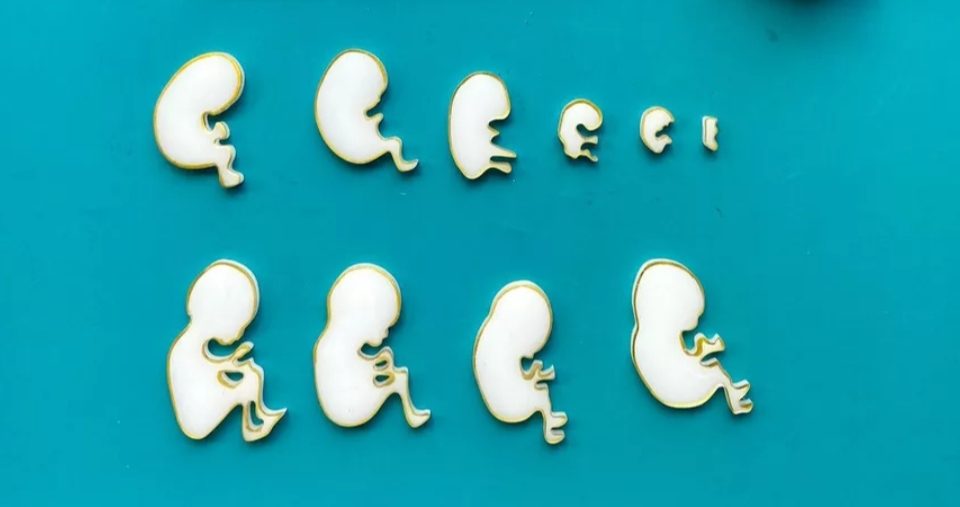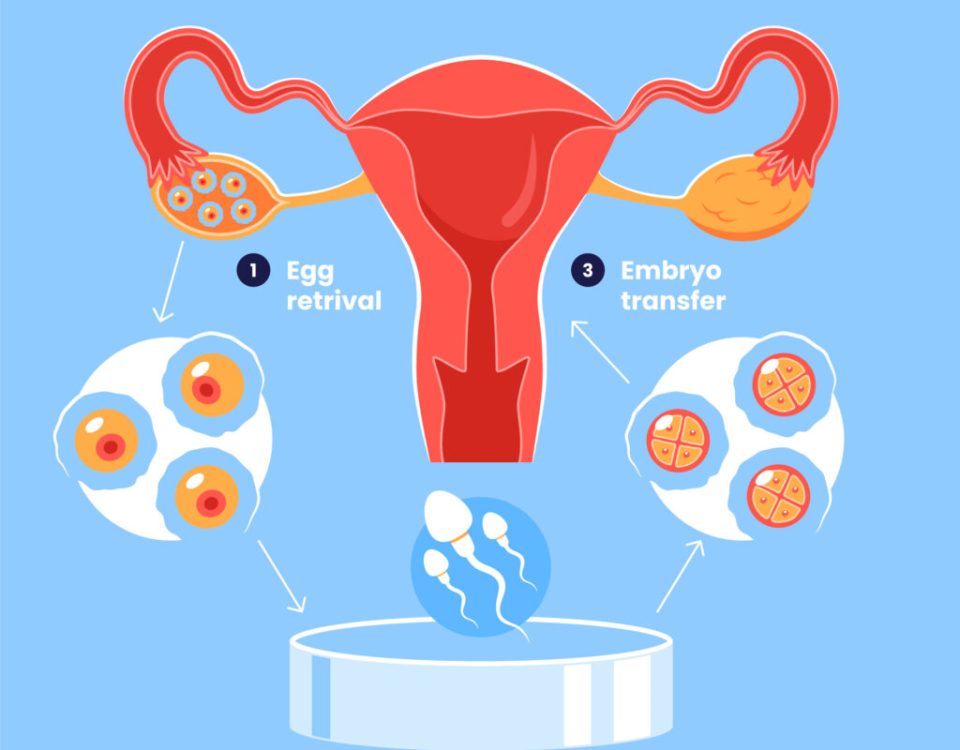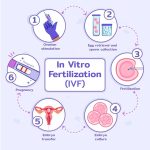
What Is the IVF Process? Your Complete Guide to In Vitro Fertilization
April 18, 2025
What Happens to Your Body After Failed IVF
April 18, 2025What Is IVF Pregnancy? Your Complete Guide to Understanding This Journey
IVF pregnancy is a term that pops up a lot these days, whether you’re scrolling through social media, chatting with friends, or catching up on the latest health trends. It’s short for in vitro fertilization pregnancy, a process that’s helped millions of people around the world start families when natural conception isn’t an option. But what exactly does it mean? How does it work? And what’s it like to go through it? If you’re curious—or maybe even considering it yourself—this guide is here to walk you through everything you need to know in a way that’s easy to digest, packed with real insights, and loaded with practical advice.
Picture this: a couple sitting in a cozy living room, dreaming of a little one to fill it with laughter. For some, that dream comes naturally, but for others, it takes a little extra help. That’s where IVF steps in—a blend of science, hope, and a whole lot of patience. In this article, we’ll break down the process step by step, explore what makes an IVF pregnancy unique, and dive into the latest trends and research shaping this incredible journey. Plus, we’ll sprinkle in some fresh perspectives you won’t find everywhere else, like how lifestyle tweaks can boost your chances or what the emotional rollercoaster really feels like.
So, grab a cup of tea, get comfy, and let’s dive into the world of IVF pregnancy together!
What Does IVF Pregnancy Actually Mean?
An IVF pregnancy happens when a baby is conceived through in vitro fertilization, a medical process where an egg and sperm meet outside the body—in a lab, to be exact—before being placed into the uterus to grow. “In vitro” is Latin for “in glass,” which is a nod to how it all starts in a petri dish. It’s part of a bigger category called assisted reproductive technology (ART), designed to help people facing infertility or other challenges build their families.
Unlike natural conception, where everything happens inside the body, IVF gives doctors a front-row seat to the magic of fertilization. They can make sure the egg and sperm connect, watch the embryo grow for a few days, and then carefully transfer it to the uterus. If all goes well, that embryo implants in the uterine lining, and voilà—a pregnancy begins!
Why People Turn to IVF
IVF isn’t just for one type of person—it’s a lifeline for all kinds of situations. Here’s who might choose it:
- Couples with infertility: Maybe the fallopian tubes are blocked, or sperm counts are low. IVF bypasses those hurdles.
- Same-sex couples or single parents: Using donor eggs, sperm, or surrogates, IVF opens doors to parenthood.
- People with genetic concerns: It can screen embryos for certain conditions before pregnancy starts.
- Those who’ve tried everything else: When other fertility treatments don’t work, IVF often becomes the next step.
The beauty of IVF? It’s tailored to each person’s needs. No two journeys are exactly alike, which is why it’s such a game-changer.
How Does IVF Work? A Step-by-Step Breakdown
IVF might sound like a sci-fi movie plot, but it’s really a series of clear, carefully planned steps. Let’s walk through it like you’re prepping for your own adventure—because even if you’re just curious, knowing the process can feel empowering.
Step 1: Boosting Egg Production
First up, a woman takes fertility drugs to kick her ovaries into high gear. Normally, your body releases one egg a month, but IVF needs more to work with. These meds—usually shots you give yourself—tell the ovaries to produce several eggs at once. Think of it like giving your garden a little extra fertilizer to grow a bigger harvest.
- What to expect: Daily injections for about 10-14 days, plus regular checkups with ultrasound and blood tests to track how those eggs are coming along.
- Pro tip: Keep a small cooler handy for storing meds if you’re on the go—they often need to stay cold!
Step 2: Collecting the Eggs
Once the eggs are ready, it’s time for retrieval. This is a quick procedure (about 20-30 minutes) done under light sedation. A doctor uses a thin needle guided by ultrasound to gently pull the eggs from the ovaries. It’s not as scary as it sounds—most people say it’s like a nap with a side of mild cramping afterward.
- Fun fact: The average haul is 8-15 eggs, but it varies. Quality matters more than quantity here.
Step 3: Fertilizing the Eggs
Now, the lab takes over. The eggs meet the sperm—either from a partner or a donor—in a petri dish. Sometimes, doctors use a technique called ICSI (intracytoplasmic sperm injection), where they inject a single sperm right into an egg to boost the odds of success. After a day or two, you’ve got embryos!
- Success stat: About 60-70% of eggs fertilize successfully, according to the American Society for Reproductive Medicine (ASRM).
Step 4: Growing the Embryos
For 2-6 days, those tiny embryos grow in a special incubator. Lab experts keep an eye on them, picking the strongest ones for transfer. Extra embryos? They can be frozen for later, giving you a backup plan if you need it.
Step 5: Transferring the Embryo
Here’s the big moment: one or two embryos are placed into the uterus using a thin catheter. No anesthesia needed—it’s quick and feels a bit like a Pap smear. Then, you wait about 9-14 days to take a pregnancy test and see if it worked.
- Latest trend: More clinics are freezing all embryos and transferring them in a later cycle. Research from 2023 shows this can lower risks like ovarian hyperstimulation syndrome (OHSS) and boost success rates.
Step 6: The Waiting Game
That two-week wait? It’s a nail-biter. Your doctor might prescribe progesterone to help the uterus get cozy for the embryo. Then, a blood test confirms if you’re pregnant. If yes, congrats—you’re on your way to an IVF pregnancy!
What Makes an IVF Pregnancy Different?
Once you’re pregnant through IVF, is it any different from a “regular” pregnancy? Mostly, no—but there are a few twists worth knowing about.
Higher Chance of Multiples
IVF often involves transferring more than one embryo, which can mean twins or triplets. About 1 in 5 IVF pregnancies results in multiples, compared to 1 in 30 naturally. That’s exciting but can also bring extra risks, like preterm birth. Clinics today often push for single embryo transfers to keep things safer.
Closer Monitoring
IVF pregnancies get VIP treatment from doctors. You’ll have more ultrasounds and check-ins early on to make sure everything’s on track. It’s like having a personal cheer squad watching your baby grow.
Emotional Layers
Let’s be real: after the ups and downs of IVF, that positive test can feel like winning the lottery. But it might also come with extra worry—will it stick? Studies show IVF parents often feel a mix of joy and anxiety in those first weeks, which is totally normal.
What Are Your Chances? The Numbers Behind IVF Success
Success rates are a hot topic when it comes to IVF pregnancy. They depend on a bunch of factors—age, health, and even the clinic you choose. Here’s a quick look at the stats, based on 2023 data from the CDC and ASRM:
| Age | Live Birth Rate per Cycle |
|---|---|
| Under 35 | 45-50% |
| 35-37 | 35-40% |
| 38-40 | 20-25% |
| Over 40 | 10-15% |
- Age matters: Younger eggs tend to do better. If you’re over 40, using donor eggs can bump your odds up to 50% or more.
- Fresh vs. frozen: Frozen embryo transfers are now outpacing fresh ones, with some studies showing a 5-10% higher success rate due to better timing.
Boosting Your Odds
Want to tip the scales in your favor? Try these:
✔️ Eat smart: A Mediterranean diet—think fish, veggies, and olive oil—has been linked to better IVF outcomes in a 2022 study from Harvard.
✔️ Move a little: Light exercise like walking or yoga can improve blood flow to your reproductive organs.
❌ Skip the stress: Chronic stress messes with hormones, so carve out time to unwind.
The Emotional Side of IVF Pregnancy
IVF isn’t just a physical journey—it’s an emotional one, too. Imagine riding a rollercoaster blindfolded: thrilling highs, stomach-dropping lows, and no clue what’s around the next turn. That’s IVF in a nutshell.
The Highs
- Hearing “you’re pregnant” after months (or years) of trying.
- Seeing that first ultrasound heartbeat—proof it’s real.
- Knowing science gave you a shot at something you thought might never happen.
The Lows
- Negative tests after a cycle—it stings, and it’s okay to feel that.
- The waiting periods, where every twinge feels like a clue.
- The cost: one cycle averages $12,000-$15,000 in the U.S., and insurance doesn’t always cover it.
Coping Tips
- Build a support crew: Friends, family, or an online group can lift you up.
- Journal it out: Writing down your feelings can lighten the load.
- Celebrate small wins: Even making it through egg retrieval is a big deal.
Here’s a quick poll to keep you engaged: What’s the toughest part of IVF for you or someone you know? A) The waiting, B) The cost, C) The emotions, D) Something else? Drop your answer in your head—or share it with a friend!
Fresh Insights: 3 Things You Haven’t Heard About IVF Pregnancy
Most articles cover the basics, but let’s dig into some under-the-radar topics that can make a difference in your IVF journey.
1. The Gut Health Connection
Your gut might not seem linked to pregnancy, but new research says otherwise. A 2024 study from the University of California found that women with a diverse gut microbiome had a 15% higher IVF success rate. Why? Healthy bacteria might reduce inflammation and balance hormones.
- Action step: Add probiotic-rich foods like yogurt or kefir to your diet. A daily spoonful could be your secret weapon.
2. The Power of Preconception Prep
Think IVF starts with the first shot? Nope—prep begins months earlier. A 2023 report from the journal Fertility and Sterility showed that couples who optimized their health 3-6 months before IVF—like cutting alcohol and boosting vitamin D—saw a 20% jump in embryo quality.
- Try this: Get your vitamin D levels checked (aim for 30-50 ng/mL) and sip water instead of wine for a while.
3. The Rise of Mini-IVF
Ever heard of mini-IVF? It’s a gentler, lower-dose version of the classic process, using fewer drugs and focusing on quality over quantity. A 2024 survey on X showed 1 in 3 fertility patients are now asking about it. It’s cheaper (around $5,000-$7,000 per cycle) and easier on the body, though success rates can be slightly lower.
- Is it for you?: Great if you’re sensitive to meds or want a less intense option. Chat with your doc to see if it fits.
IVF Pregnancy Myths—Busted!
There’s a lot of chatter out there about IVF, and not all of it’s true. Let’s clear the air with some common myths:
- Myth: IVF babies are “test-tube babies” with health issues.
- Truth: IVF kids are just as healthy as naturally conceived ones, per a 2022 NIH study. The “test-tube” label is outdated—most of the work happens in a dish, not a tube!
- Myth: IVF guarantees a baby.
- Truth: It’s a chance, not a sure thing. Even the best clinics see about 50% success per cycle for younger patients.
- Myth: It’s only for women.
- Truth: Male infertility—like low sperm motility—accounts for 40% of cases, and IVF (especially ICSI) tackles that head-on.

Your IVF Pregnancy Toolkit: Practical Steps to Get Started
Ready to explore IVF? Here’s a checklist to kick things off smoothly:
✔️ Find a clinic: Look for one with strong success rates (check SART.org for U.S. stats).
✔️ Ask questions: How many embryos do they transfer? What’s their freeze-all policy?
✔️ Check costs: Call your insurance—some plans cover parts like meds or testing.
✔️ Prep your body: Start a prenatal vitamin with folic acid now—it’s never too early.
❌ Don’t rush: Give yourself time to research and feel good about your choice.
Mini-Quiz: Are You IVF-Ready?
Answer these quick questions to see where you stand:
- Do you know your fertility status (e.g., hormone levels, sperm count)?
- Yes / No
- Have you talked to a doctor about IVF options?
- Yes / No
- Are you okay with a process that might take a few months?
- Yes / No
If you’ve got mostly “yes” answers, you’re on the right track! “No” just means there’s room to dig in a bit more.
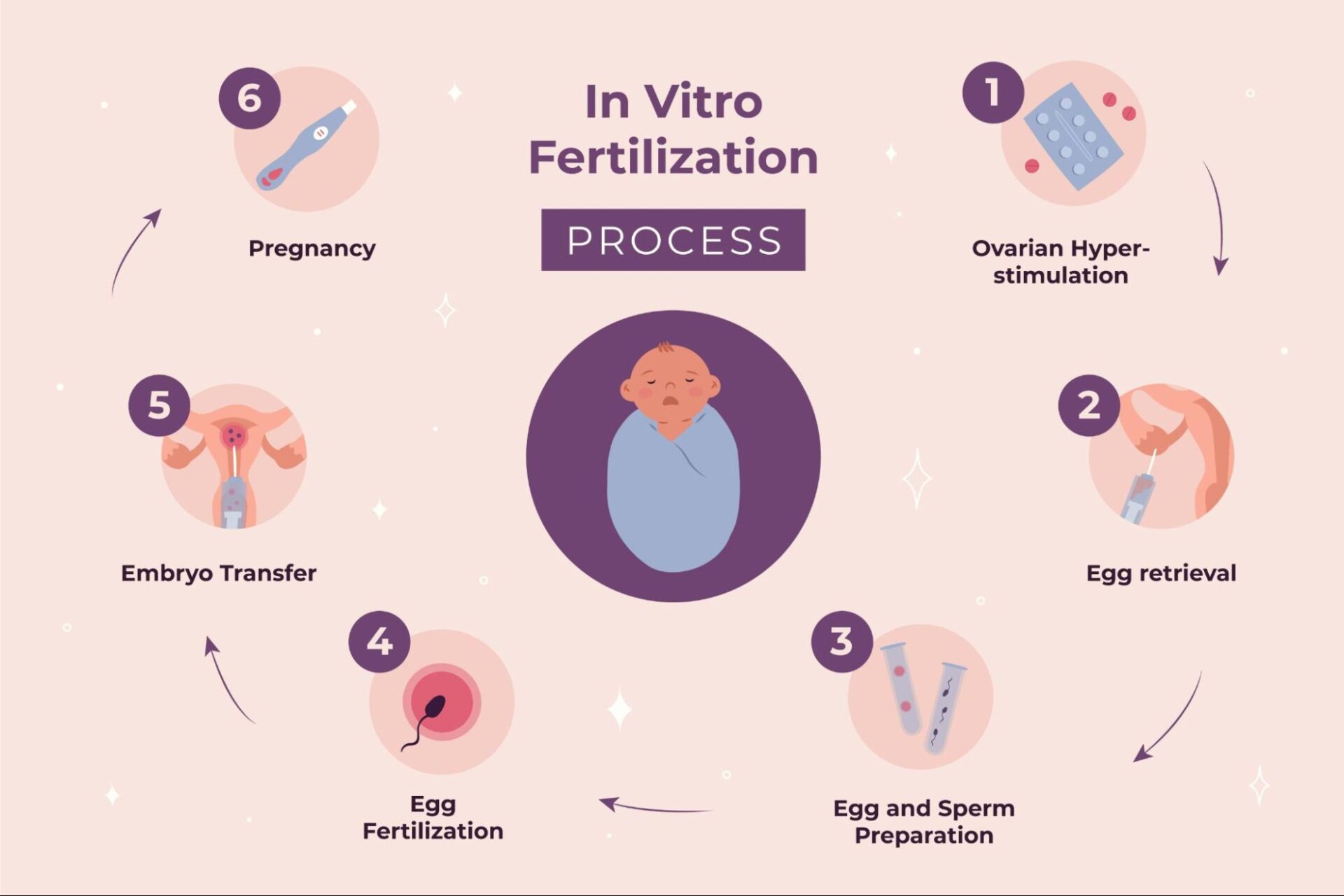
The Future of IVF Pregnancy: What’s Next?
IVF’s evolving fast, and 2025 is bringing some cool updates. Here’s what’s trending, based on Google Trends and X discussions:
- AI in embryo selection: Clinics are using artificial intelligence to pick the best embryos, boosting success rates by up to 10%, per a 2024 ASRM conference report.
- At-home monitoring: New devices let you track hormone levels from your couch, cutting down on clinic visits.
- Affordable access: More states are pushing for insurance to cover IVF, with advocacy spiking online—searches for “IVF funding” are up 25% this year.
Real Stories: What IVF Pregnancy Feels Like
Numbers and steps are great, but what’s it really like? Meet Sarah, a 34-year-old teacher from Ohio. After two years of trying naturally, she and her husband turned to IVF in 2023.
“The shots were tough—I’m not a fan of needles—but seeing those embryos on the screen? Unreal. When I got pregnant, I cried for an hour straight. Now, holding my son, I’d do it all again in a heartbeat.”
Then there’s Mark, a single dad in California who used IVF with a surrogate in 2024. “It was a leap of faith—financially, emotionally—but the day my daughter arrived, every penny felt worth it.”
These stories remind us: IVF isn’t just science—it’s personal, messy, and beautiful.
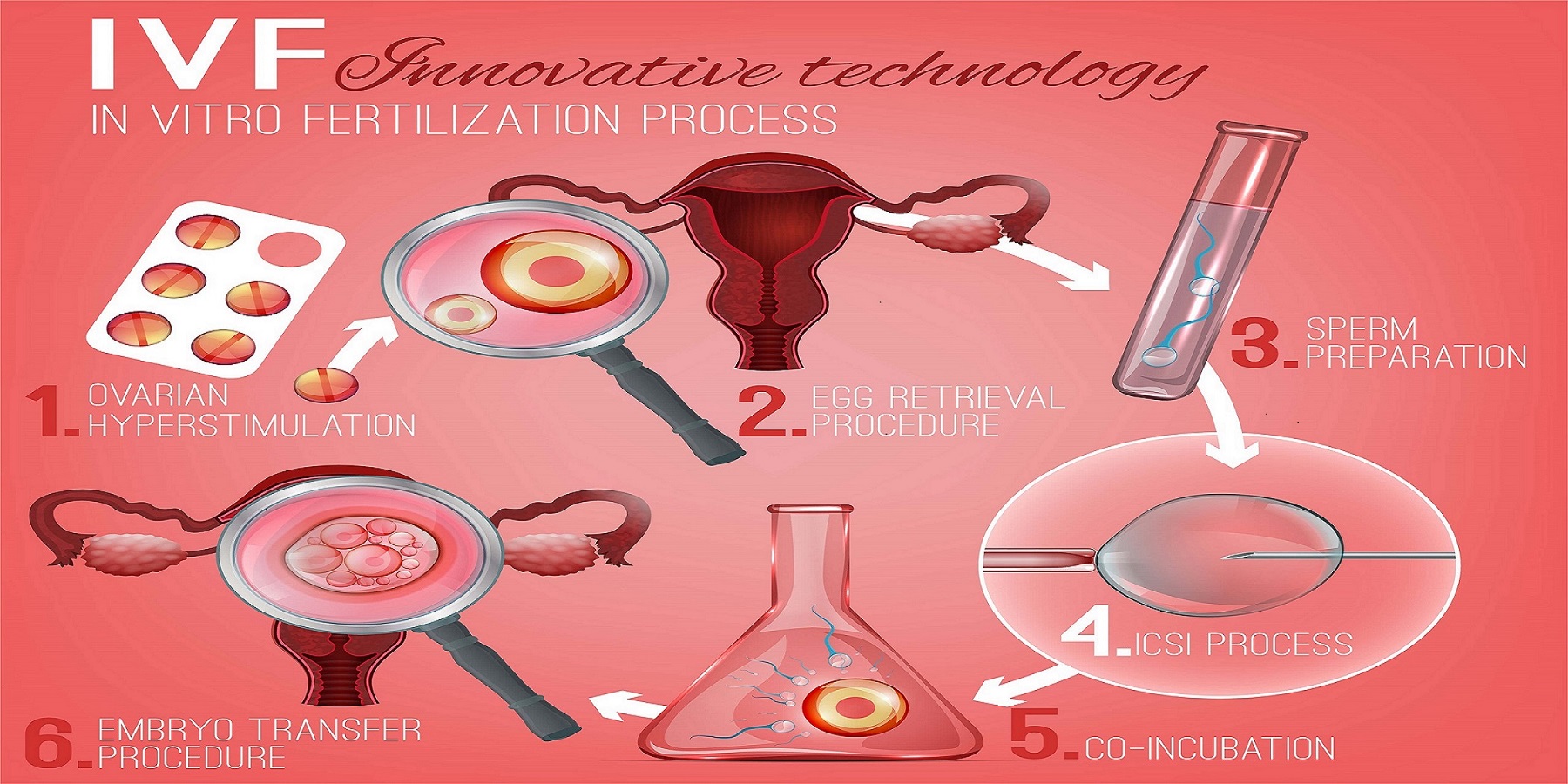
Wrapping Up: Your IVF Pregnancy Journey Starts Here
An IVF pregnancy is more than a medical term—it’s a path to hope, a testament to resilience, and a chance to rewrite your story. Whether you’re just learning or ready to take the plunge, you’ve now got the full scoop: how it works, what to expect, and how to make it your own. It’s not always easy, but with the right prep, support, and a sprinkle of patience, it can lead to something amazing.
So, what’s your next step? Maybe it’s a chat with your doctor, a deep dive into your diet, or just sharing this with someone who needs it. Whatever it is, you’re not alone on this ride. Here’s to new beginnings—and maybe, just maybe, a little one to call your own.


